It’s 10 years since the Stuttgart crest adorned a Le Mans winner, but having dominated the event through the 1970s and 80s, Porsche is synonymous with the arduous twice-round-the-clock event. Much of it is due to this car, the Porsche 917, one of the most gorgeous race cars ever made.
This feature was first published in MOTOR magazine’s August 2008 issue.
Porsche competed at Le Mans in the junior classes in the 50s and 60s, but the 917 was its first car specifically developed for victory. And that it did, winning the classic Le Mans 24-hour endurance race twice (in 1970 and 1971).
Indeed, it still holds the overall distance record. In any language, the 917 is a dead-set legend. As a result of a dramatic increase in speed at Le Mans (particularly from the all-conquering Ford GT40), new regulations for the World Sportscar Championship were devised for the 1969 season.
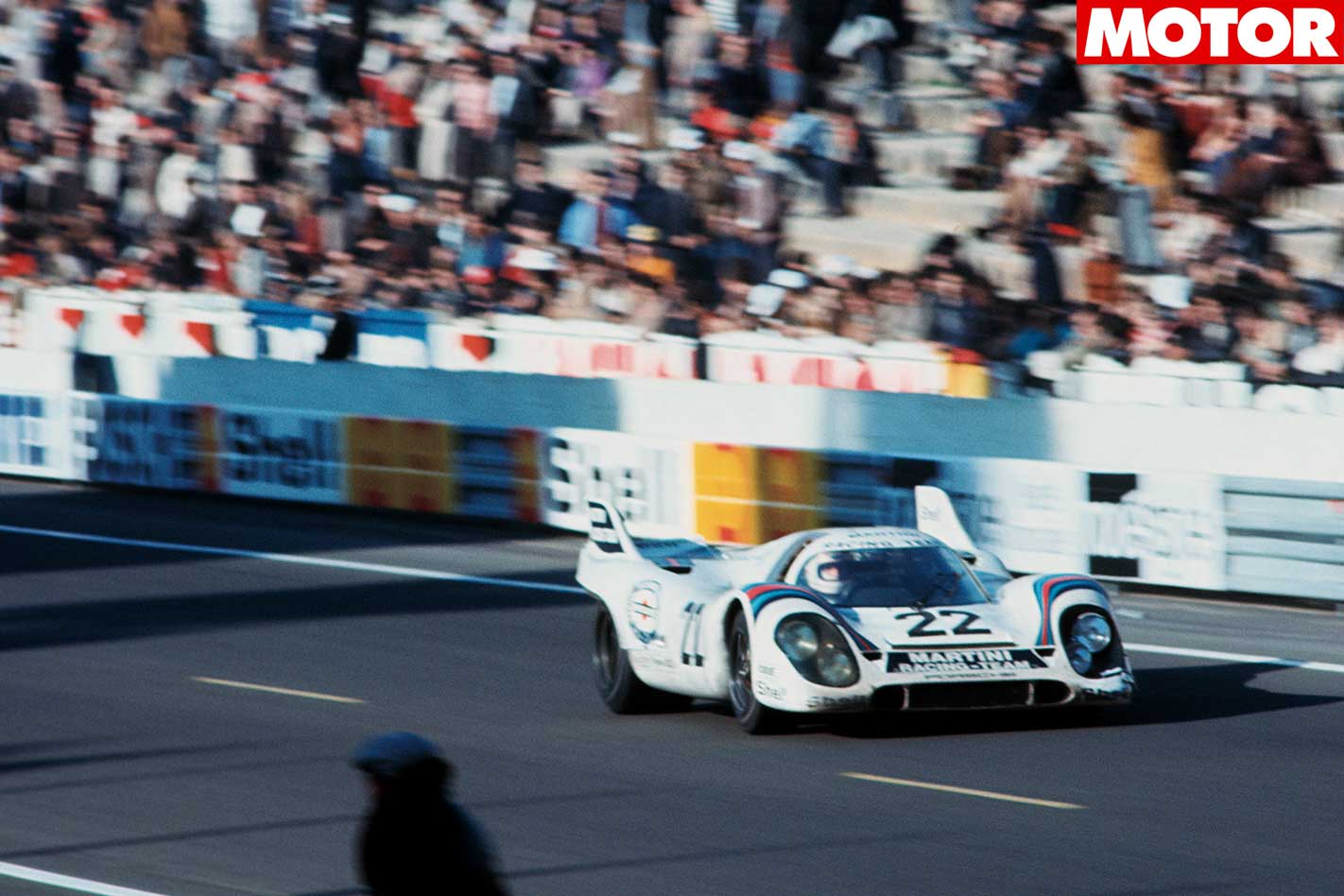
The reduction in capacity rules, however, didn’t receive much response so the FIA allowed “prototype” sportscars with 5.0-litre engines and a minimum build run of 50 units (later amended to 25). Even as the rules were being finalised, Porsche began developing the 917 in July 1968.
Attempts to earn an early tick of approval saw three complete cars presented to the FIA that year. However, it required all 25 cars be presented simultaneously. Less than a month after it displayed the 917 at the 1969 Geneva Motor Show, Porsche’s development director, Ferdinand Piech, presented all 25 in Porsche’s Stuttgart factory car park.
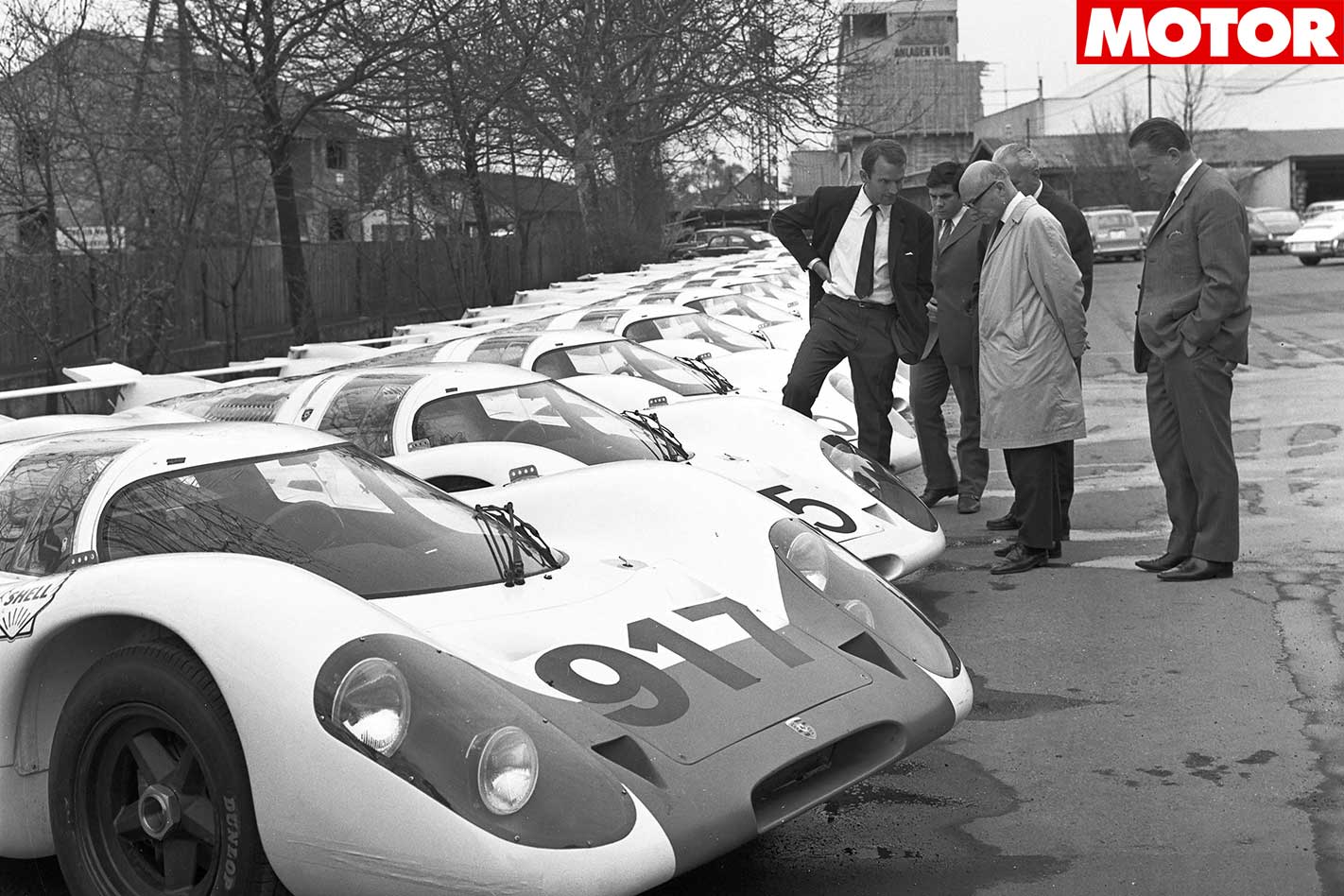
Powering the first-generation 917 was a 4.5-litre horizontally-opposed, naturally-aspirated 12-cylinder engine, producing around 470kW and 600Nm. Even with tall Le Mans gearing in its five-speed transaxle, it sprinted to 100km/h in 2.7sec on its way to 395km/h.


The 908LH was also chosen for the next race at Nurburgring, but Porsche needed to promote the remainder of the 25 cars to customer teams.
Surprisingly, it requested help from BMW supported drivers Hubert Hahne and Dieter Quester, but the Bavarians pulled the pin on the idea after opening practice. So Aussie Frank Gardner was drafted in – and reportedly paid a motsa – for the 917’s official debut alongside England’s David Piper; the pair finishing eighth.
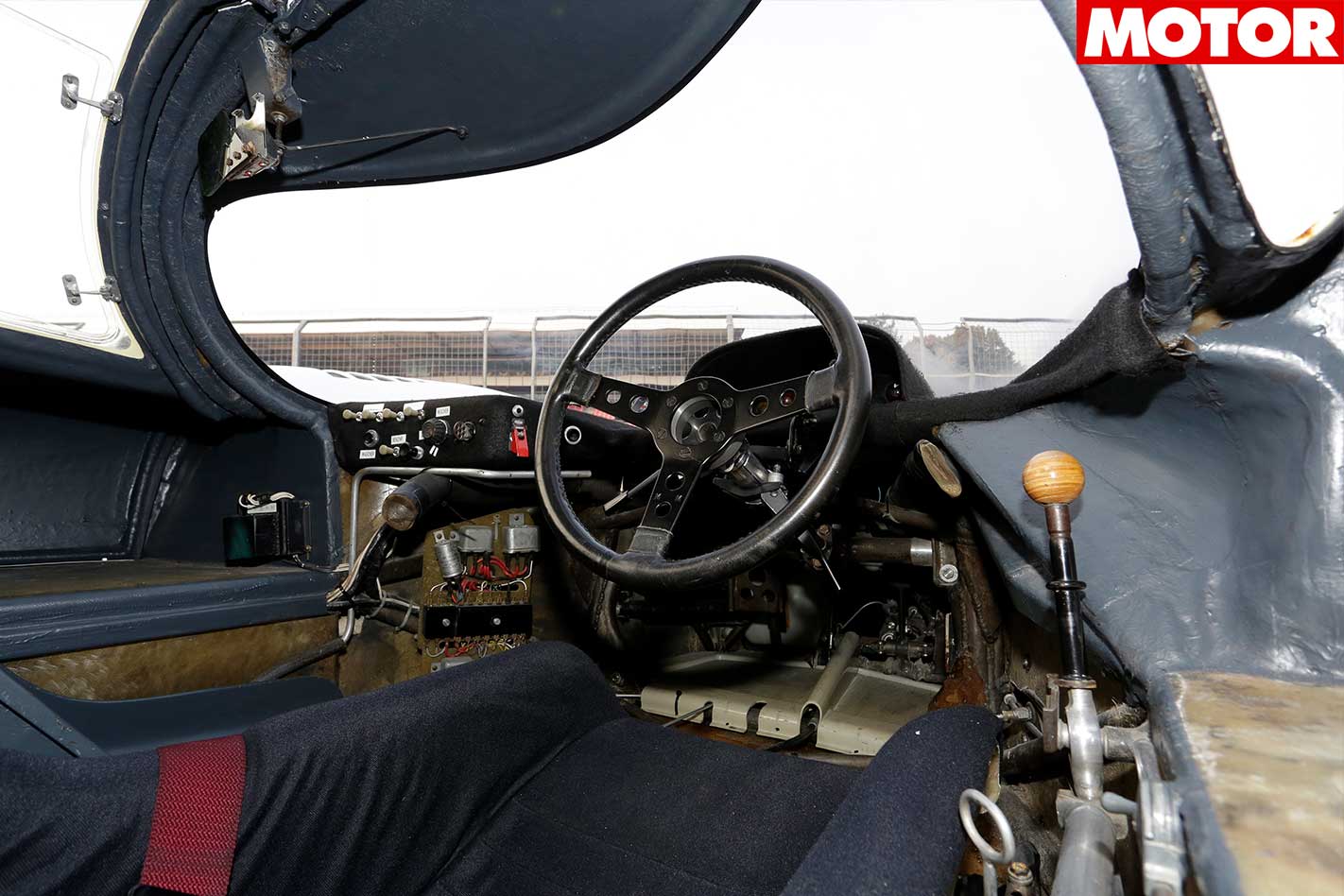
With all its problems, Porsche pulled back its involvement to concentrate on developing the car for the 1970 World Sportscar Championship. Piech, however, pleaded to his star driver Siffert to race the 917 for a private team in the last event of the season at Austria’s Ostereichring. With Kurt Ahrens Jr as his co-driver, Siffert scored the 917’s first win in the 500km Austrian race.
Just days after the victory, Porsche engineers met with J.W. Automotive, the brains behind the Gulf GT40 triumphs at Le Mans and the reigning world champs. The J.W. engineers concluded the tail’s design was causing the instability. The solution was the wedged, short-tail 917K.
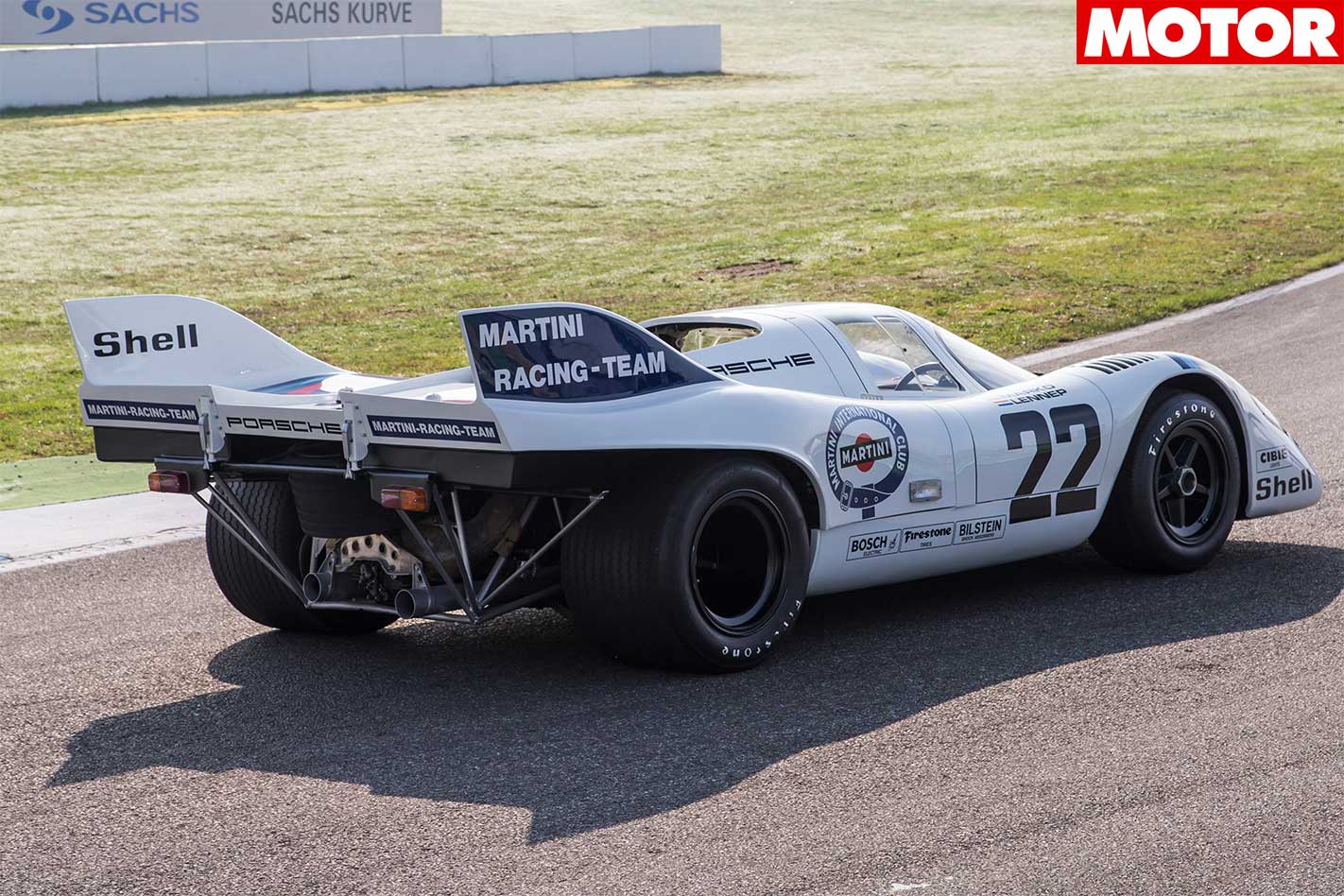
For Le Mans 1970, Porsche rolled out an improved long-tail version (Langheck or LH), to increase downforce and reduce drag. A larger 4.9-litre flat-12 countered Ferrari’s 512 attack, too. Porsche-Salzburg and Martini Racing both entered the 917LH while the Gulf Porsche team ran three 917Ks, two with the 4.9-litre and one 4.5-litre.
After a race-long battle with the lead Gulf car, the Salzburg car of Hans Hermann and Richard Attwood drove through the pouring rain to hand Porsche its first victory at Le Mans.
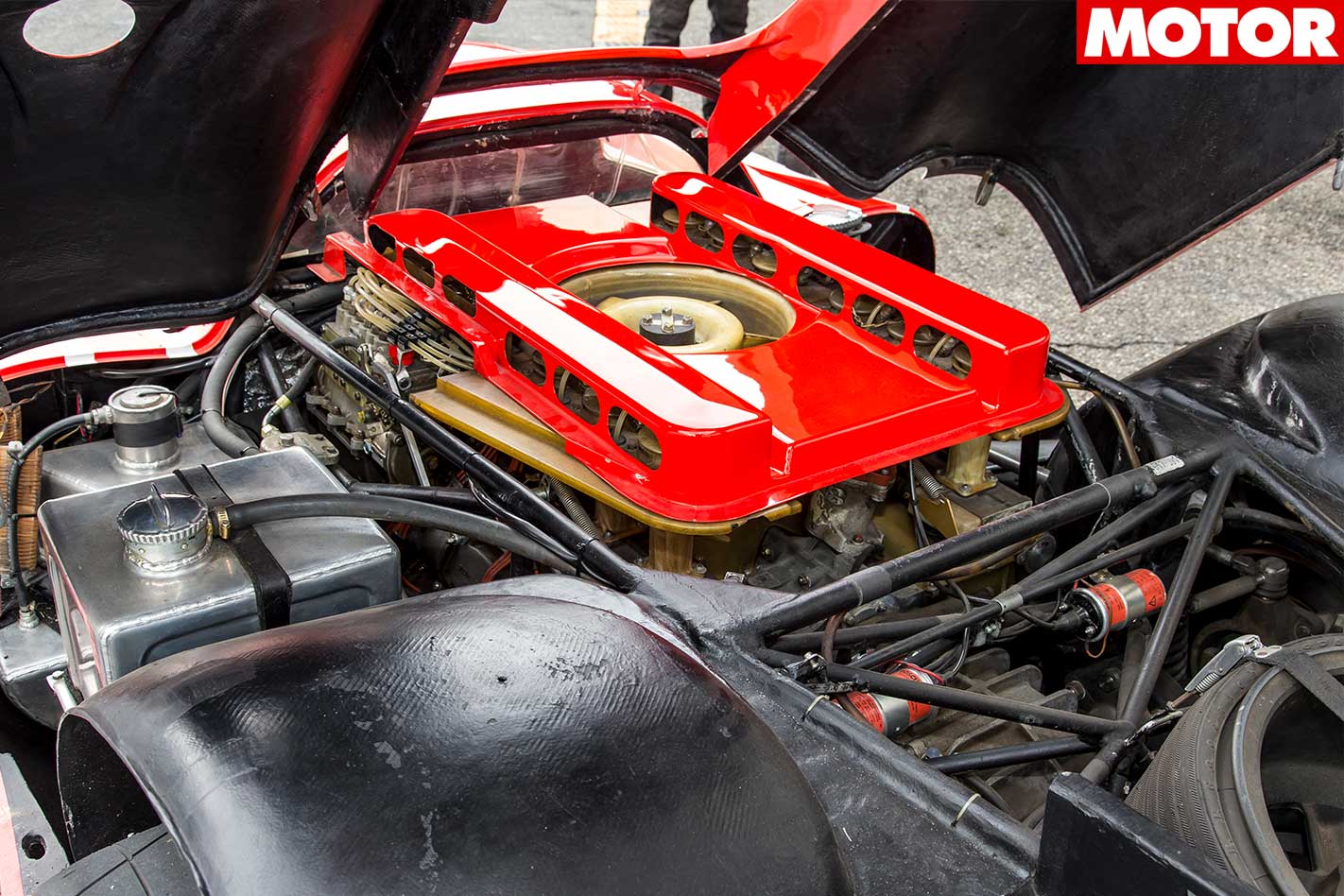
While the factory cars were revised long-tail versions, it was the 917K (a magnesium chassis 4.9-litre) from Martini Racing, driven by Dr Helmut Marko and Gijs van Lennep that triumphed in the 1971 Le Mans. It set a distance record of 5335.313km that stands today (Audi surpassed the record in 2010 with their R15+ TDI LMP1 racer clocking in 5410.713km). It’s the car featured here and one of three owned by Porsche and on display at its Museum.

THE REEL DEAL The Gulf-liveried J.W. Automotive Porsche is the most famous – and recognisable – of the 917s, but it is far from being the most successful. Its fame was generated by its starring role in the Hollywood cult film, Le Mans (1971) starring Steve McQueen as the tortured racer, Michael Delaney.

The Gulf 917K that McQueen’s character raced in the cult classic was actually driven by Jo Siffert and Brian Redman, and is now owned by comedian Jerry Seinfeld.
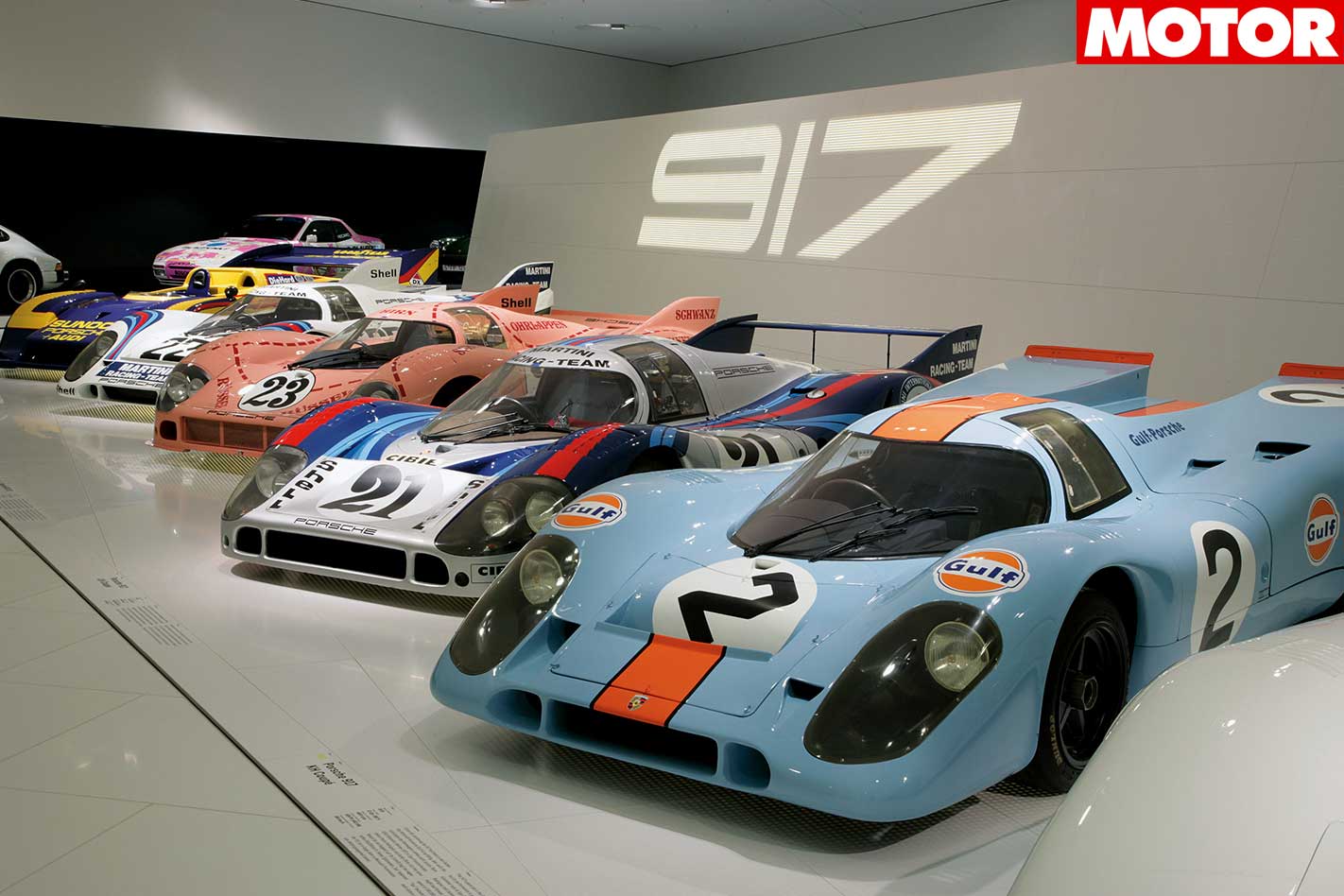
1 – Collectibility The 917 was the first Porsche to ever win Le Mans, meaning it has plenty of history and cachet and is now one of the world’s most sought after collector’s cars.
2 – Power The final 917/30 saw a 5.4-litre twin-turbo that, with 2.7bar boost, produced 1130kW! It could sprint to 100km/h in 1.9sec, 160 in 3.9sec and reach 410km/h!
3 – You can register one There were at least two street-registered Porsche 917s. One was for Count Rossi of the Martini family, sent to the USA, the other for Joachim Grossbad in Germany.
THE BAD
1 – Stability issues First-gen 1969 models were not as good looking as 1970 models, and were hampered by drastic high-speed instability. Porsche’s drivers refused to race them.
2 – Up in lights Most of the 1971 models were constructed with a full magnesium chassis to save weight and increase strength, but the metal burns intensely.
3 – Heat seeking As if Le Mans isn’t challenging enough already, the 917’s closed cockpit improved aerodynamics, but meant cabin temps often exceeded 70˚C.





